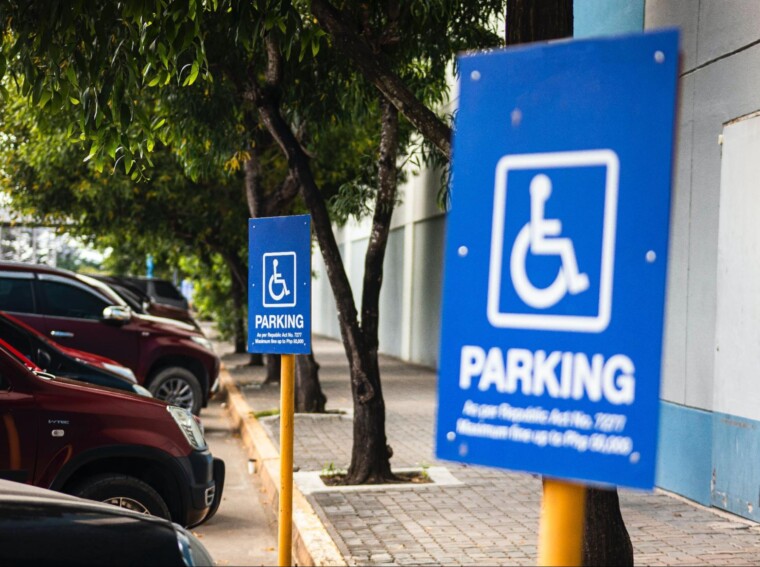Identify the Assumptions Underlying Restroom Restriction Laws.
Restroom restriction laws have become a subject of intense debate in recent years, raising questions about the underlying assumptions behind these regulations and their potential consequences. As an expert in this field, I delve into the complexities surrounding restroom restrictions to shed light on the issues at hand.
One key aspect to consider when examining restroom restriction laws is the assumption that gender should dictate which facilities individuals can access. These laws tend to be based on traditional binary perceptions of gender, assuming that only individuals who align with either male or female categories should use specific restrooms. However, this assumption fails to acknowledge and accommodate the experiences and needs of transgender and non-binary individuals.
Another assumption underlying restroom restriction laws is the notion that such regulations are necessary for ensuring safety and privacy. Proponents argue that separating restrooms based on gender helps protect people from potential harm or discomfort. While safety concerns are valid, it is important to critically evaluate whether these laws effectively address those concerns without infringing upon the rights of marginalized groups.
Definition of Restroom Restriction Laws
Restroom restriction laws, also known as bathroom bills or restroom access laws, are legislation that regulate which restrooms and/or changing facilities individuals are allowed to use based on their biological sex assigned at birth rather than their gender identity. These laws typically require individuals to use the restroom corresponding with the sex listed on their birth certificate.
These laws have gained significant attention and controversy in recent years, particularly in relation to transgender rights. Proponents argue that such laws protect privacy and safety by ensuring that individuals use facilities designated for their biological sex. They claim that these measures are necessary to prevent potential harassment or assault in public restrooms.
Opponents of restroom restriction laws argue that they perpetuate discrimination against transgender people and restrict their right to self-identify and express their gender identity. They contend that these laws can lead to increased stigma, harassment, and exclusion faced by transgender individuals who may be forced to use facilities inconsistent with their gender identity.
The implementation of these laws has sparked numerous legal battles, public debates, and activism across various jurisdictions. Some states have passed legislation explicitly prohibiting discrimination based on gender identity or affirming transgender rights by allowing individuals to use the restroom corresponding with their gender identity.
It’s worth noting that while this section provides a general overview of restroom restriction laws, it is important to consider specific regional contexts and variations in legislation when analyzing the consequences associated with these policies. The impact of such laws can vary depending on cultural norms, societal attitudes towards LGBTQ+ issues, and existing protections for transgender rights within a particular jurisdiction.
In the next section, we will delve into the potential consequences underlying restroom restriction laws and explore the implications they may have for different stakeholders involved. Stay tuned for an insightful exploration of this complex issue.

Assumptions Behind Restroom Restriction Laws
When it comes to restroom restriction laws, it’s important to delve into the underlying assumptions that shape these regulations. By analyzing these assumptions, we can gain a better understanding of the potential consequences that may arise from such laws. Let’s explore some key assumptions behind restroom restriction laws:
- Gender Segregation Assumption: One fundamental assumption behind restroom restriction laws is the belief in strict gender segregation. These laws assume that individuals should only use restrooms corresponding to their assigned sex at birth. This assumption stems from societal norms and traditional understandings of gender identity.
- Safety Concerns Assumption: Another common assumption is rooted in safety concerns. Proponents argue that restricting access to restrooms based on assigned sex at birth ensures the safety and privacy of individuals using public facilities. They believe that allowing unrestricted access could lead to potential risks or discomfort for certain groups.
- Protecting Children Assumption: Many proponents of restroom restriction laws also emphasize protecting children as a primary concern. They assume that separate facilities are necessary to prevent any perceived harm or inappropriate behavior towards children when sharing restrooms with individuals whose gender identity differs from their assigned sex at birth.
- Preserving Social Norms Assumption: Restroom restriction laws often reflect an underlying assumption about preserving traditional social norms related to gender and sexuality. Supporters argue that these regulations maintain order and uphold societal values by reinforcing binary distinctions between male and female spaces.
- Public Opinion Assumption: Lastly, restroom restriction laws can be influenced by the perception of public opinion on this matter. Lawmakers may assume that there is widespread support for such regulations due to cultural beliefs, religious convictions, or personal biases within their constituency.

